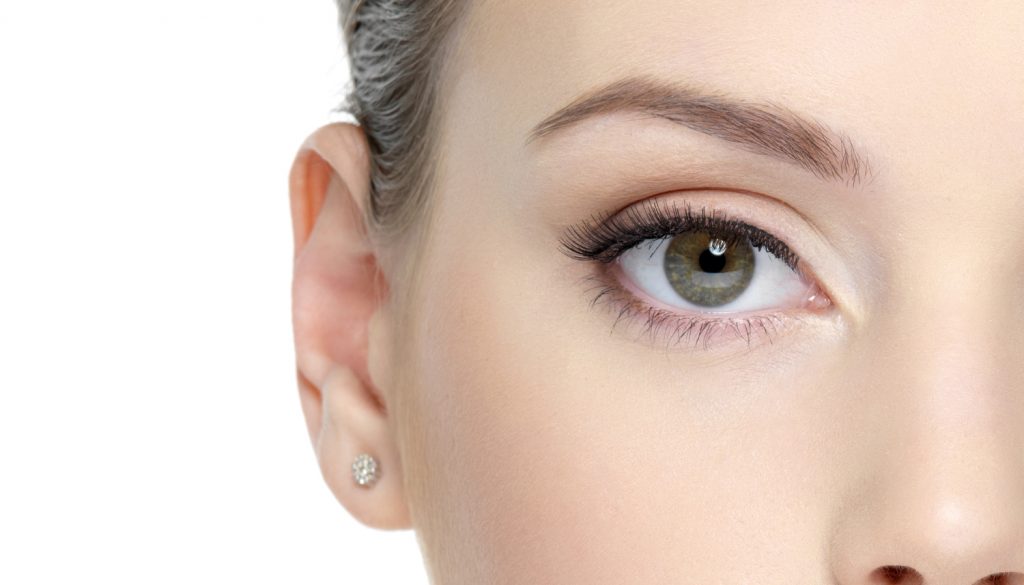
Sagging of the skin around eyes is a natural sign of aging. Once the skin loses its elasticity as a part of the aging process, eyebrows may start sagging and there may be significantly visible droopy eye bags, which most people usually feel uncomfortable with. Gravitational pull and aging are the primary reasons why people with loose skin in upper and lower eyelid seek this procedure, as deteriorated muscles over time and stretched skin lead patient to consider this surgery to improve the appearance.
The procedure goes beyond the aesthetic concerns for some patients and turn out to have functional and medical reasons, as sagging and loose skin in the upper lids may, to an extent, impair the vision for driving or other visual tasks. Once eyelid interferes with the vision, that usually cause a blocked part in the upper lids.
The procedure, in which excess and loose skin or orbital fat hanging over the eyelashes and eye bags being removed. The incisions are made in the natural folds of the eyelid, around beneath the lashes or right behind the lower eyelid. Initial consultation includes precise marking to design the surgical details, such as what fat pads, muscles and loose skin to remove. And your surgeon will ensure symmetry is achieved. You are strongly recommended to share your complaints and primary motivation on the surgery and any symptom of dry eye and similar.
- Eye patches rarely are necessary.
- On the first day after surgery cold packs are recommended to apply from 10 to 15 min every hour, to keep bruising to a minimum, and on the second day, apply every few hours
- Shower is allowed as long as the wounds are protected by plasters
- Wearing make up is not allowed for three weeks
- Do not engage in sports or heavy exercise for the first 2 weeks
- Exposure to sunlight is not recommended for 6 weeks, however wearing sunglasses may help for protection
- The more you refrain from smoking the faster the wound heals, therefor we recommend no smoking until wound completely heals
- Alcoholic beverage consumption should be avoided for at least 3 days
- Scar treatment creams you will be prescribed should be properly used
- Avoid using any products that may cause irritation
- Sleeping with two pillows to keep your head as upright as possible will help with fluid buildup,
- Please consult with your surgeon or team for the use of blood thinners
- Surgery duration: 1-1,5 hours
- Anaesthetic: General anaesthetic
- Recovery time: 1 to 2 weeks
- Stay: 5 to 7 nights
- Side effects: Blurry vision, difficulty sleeping, swelling and mild bruising, soreness, eyelid pain
- Net result: 2 months


